Image of 1950 Studebaker 2r17, Note: These illustrations use artistic license and may differ from actual historical models.
Performance Metrics
Fundamental Metrics
Emotional Appeal
MMP Rating
| Engine Specifications | |
|---|---|
| Engine: | Inline 6 |
| Displacement: | 245 cubic inches |
| Horsepower: | Estimated 102 hp |
| Torque: | 200 lb-ft |
| Compression Ratio: | Estimated 7.0:1 |
| Ignition System: | Distributor and coil |
| Cooling System: | Liquid-cooled |
| Performance Specifications | |
| 0-60 Time: | Information not available |
| 1/4 Mile Time: | Information not available |
| Top Speed: | Estimated 70 mph |
| Transmission and Drive | |
| Drive Type: | Rear-wheel drive |
| Transmission Type: | 4-speed manual |
| Fuel and Efficiency | |
| Fuel System Type: | Carburetor |
| MPG: | Information not available |
| Dimensions and Brakes | |
| Brakes: | Drum brakes |
| Wheelbase: | 131 inches |
| Weight: | Estimated 3,400 lbs |
Note: Specifications for classic cars are given to the best of our ability, considering the limited and variant data available.
The Stalwart Workhorse: The 1950 Studebaker 2R17
The 1950 Studebaker 2R17 doesn't just turn heads—it nods to a bygone era of American ingenuity and steadfastness. Born in the bustling post-war period, this vehicle emerged from the Studebaker Corporation, a company with roots reaching back to the days of horse-drawn wagons. The 2R17, part of the larger 2R series, was a testament to the manufacturer's commitment to quality and innovation during a time when America was redefining its roadways and its workforce.
A unique fact that car enthusiasts may find fascinating is that the 2R series marked Studebaker's first foray into the modern pickup truck market after World War II, setting the stage for future utility vehicles.
Design and Innovation
The exterior of the 1950 Studebaker 2R17 is a blend of function and form, featuring clean lines and a bold, commanding grille that exudes confidence. The truck's silhouette is unmistakably classic, with rounded fenders and a purposeful stance. Inside, the cabin is Spartan by today's standards but was considered practical and comfortable for its time, with durable materials built to withstand the rigors of work.
Technologically, the 2R17 was ahead of its time, offering features such as an optional overdrive transmission and a robust electrical system. Color options were relatively limited compared to today's standards, but popular choices included rich greens and blues that complemented the truck's utilitarian aesthetic. The most iconic body style was the single rear wheel version, which became synonymous with reliability and versatility.
Historical Significance
The 1950 Studebaker 2R17 left an indelible mark on the automotive landscape by pioneering design elements that would become staples in later truck models. Its blend of passenger car comforts in a commercial vehicle set it apart from contemporaries and paved the way for future advancements in utility vehicle design.
Performance and Handling
Performance-wise, the 2R17 was built to handle the demands of heavy lifting rather than speed. It wasn't about how fast it could go but how much it could haul. Handling was straightforward and robust, designed to cope with everything from smooth highways to rugged work sites. Drivers of the 2R17 often praised its reliability and the visceral connection felt through the steering wheel and pedals—a true driver's truck.
Ownership Experience
The 1950 Studebaker 2R17 served various roles, from farm work to small business operations. Its maintenance was relatively simple, making it a favorite among those who preferred to handle repairs themselves. The truck's sturdy construction meant that many examples survived well into the modern era.
Fun Facts
A little-known tidbit about the 2R17 is that despite its commercial orientation, it found its way into the hands of several notable personalities of the time, adding a touch of glamour to its rugged reputation. While it didn't break speed records, it set benchmarks for durability and utility that were hard to match.
Collector's Information
Today, a well-preserved 1950 Studebaker 2R17 can fetch a wide range in value, depending on condition and originality. With production numbers not as high as mass-produced passenger cars of the era, finding one can be a treasure hunt for collectors. As for appreciation, vehicles like the 2R17 have seen a steady increase in value as nostalgia for classic American workhorses grows.
Conclusion
The 1950 Studebaker 2R17 is more than just a vehicle; it's a slice of American history that speaks to a period of growth and change. Its legacy is not just in the trucks that followed but in the stories of those who drove them. For collectors and enthusiasts alike, the Studebaker 2R17 remains a cherished emblem of an era that valued strength, simplicity, and hard work.
1950 Studebaker 2r17 Catalog of Parts
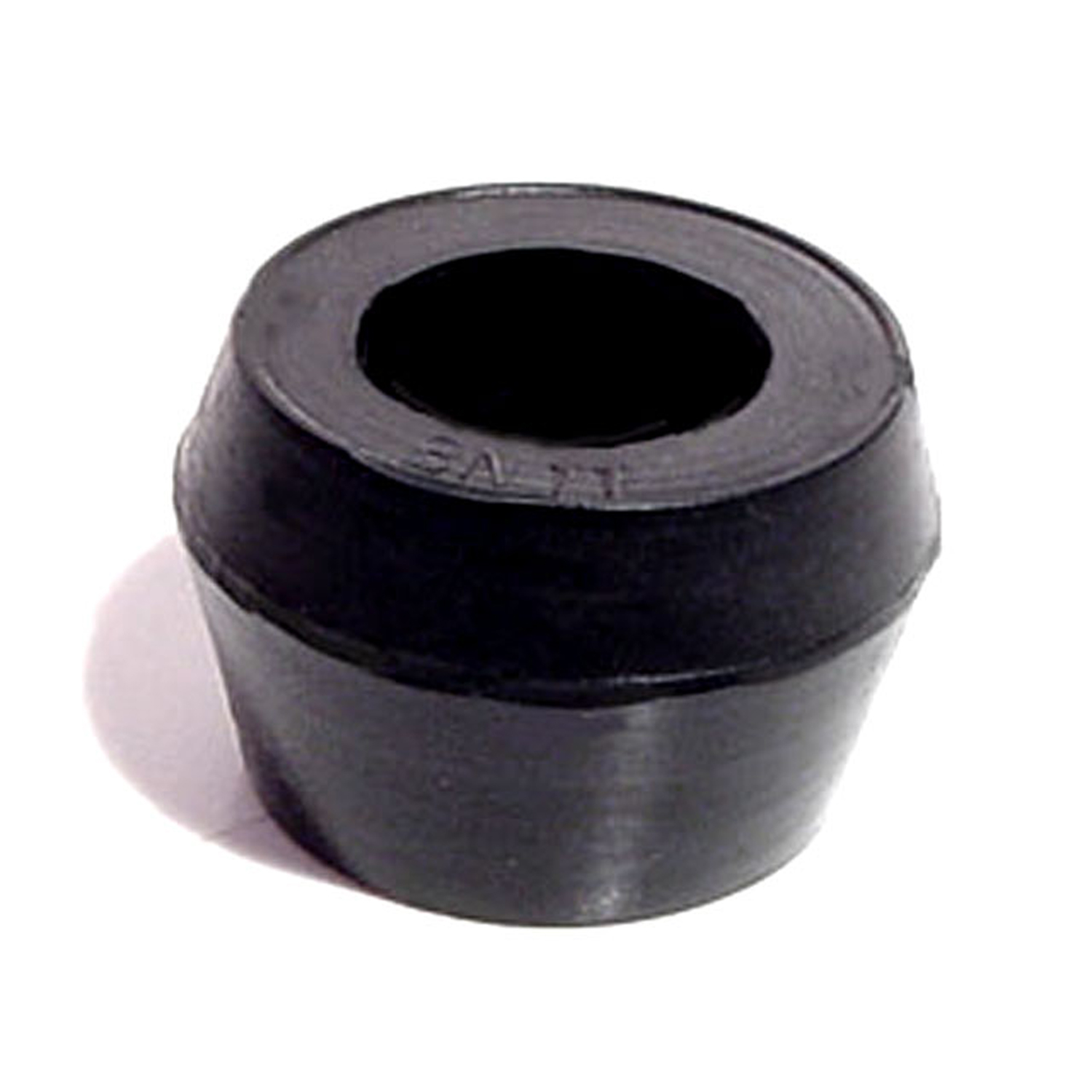 1950 Studebaker 2R17 Shock Absorber Grommet. 1" bottom O.D-BN 11Shock Absorber Grommet. 1" bottom O.D., 3/4" high, with 5/8" I.D. Each
1950 Studebaker 2R17 Shock Absorber Grommet. 1" bottom O.D-BN 11Shock Absorber Grommet. 1" bottom O.D., 3/4" high, with 5/8" I.D. Each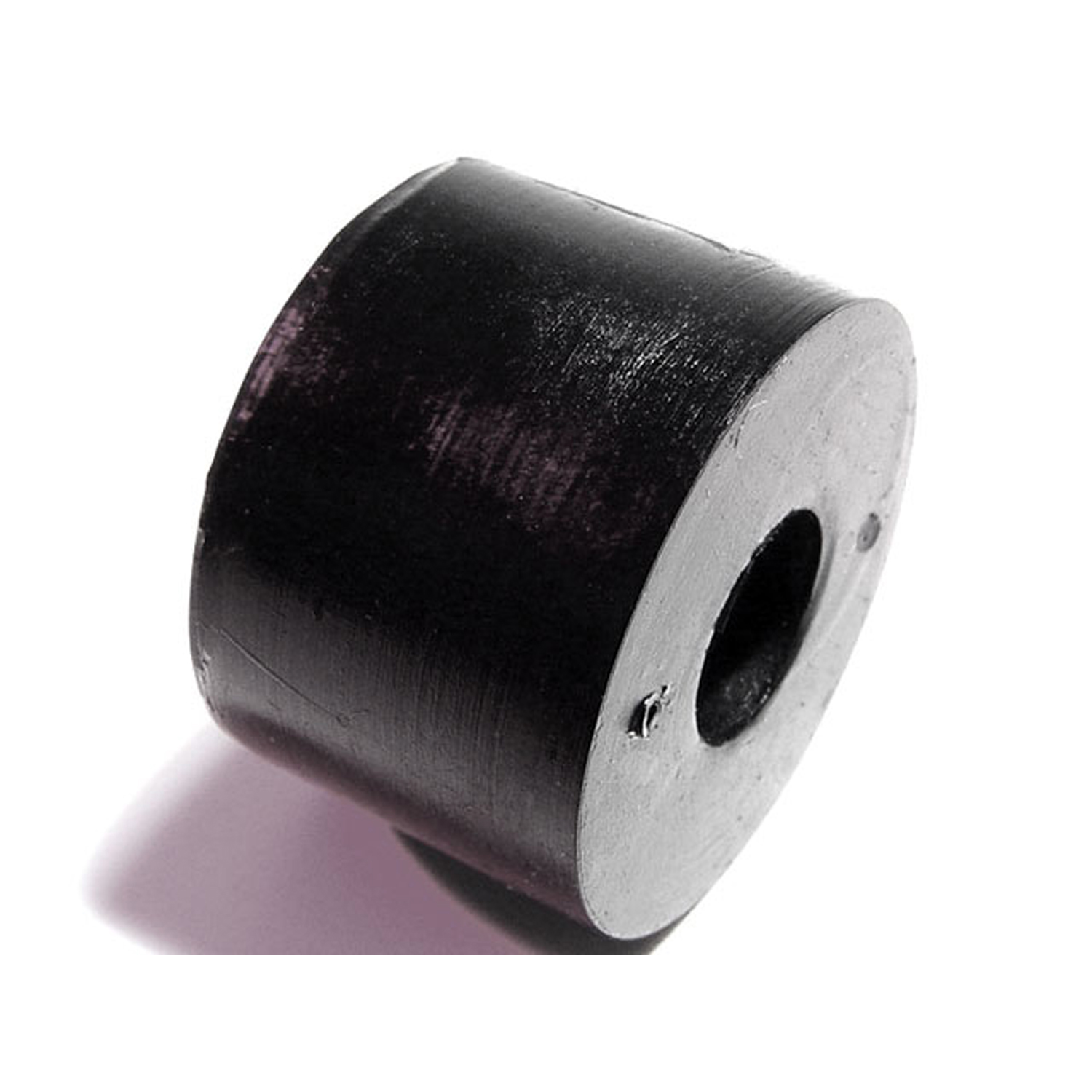 1950 Studebaker 2R17 Shock Absorber Grommet. 1" bottom O.D., 5/8" high-BN 13Shock Absorber Grommet. 1" bottom O.D., 5/8" high., with 3/8" I.D. Each
1950 Studebaker 2R17 Shock Absorber Grommet. 1" bottom O.D., 5/8" high-BN 13Shock Absorber Grommet. 1" bottom O.D., 5/8" high., with 3/8" I.D. Each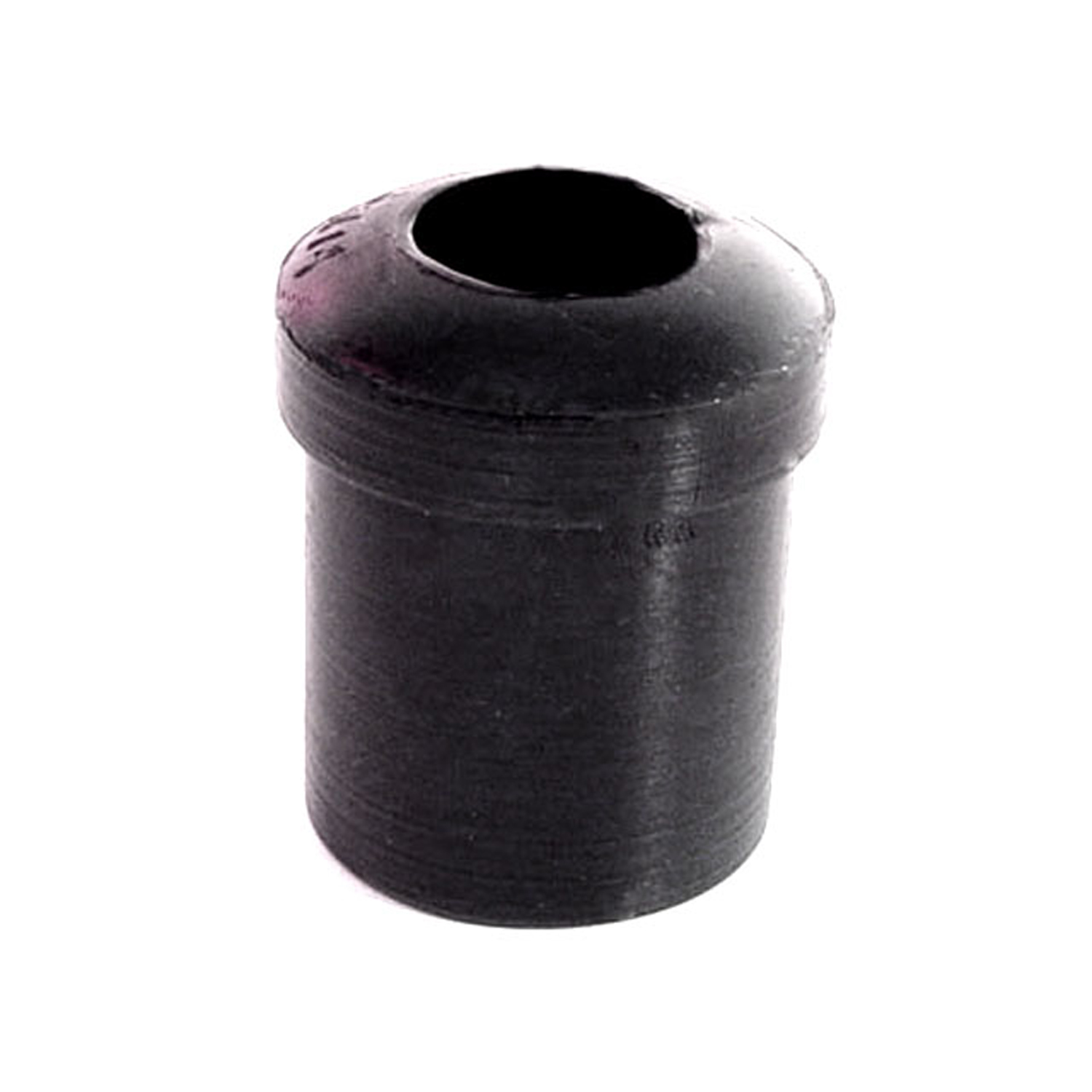 1950 Studebaker 2R17 Spring and Shackle Bushing. 1-1/16" bottom O.D-BN 14Spring and Shackle Bushing. 1-1/16" bottom O.D. X 1-1/2" high, with 5/8" I.D. Each
1950 Studebaker 2R17 Spring and Shackle Bushing. 1-1/16" bottom O.D-BN 14Spring and Shackle Bushing. 1-1/16" bottom O.D. X 1-1/2" high, with 5/8" I.D. Each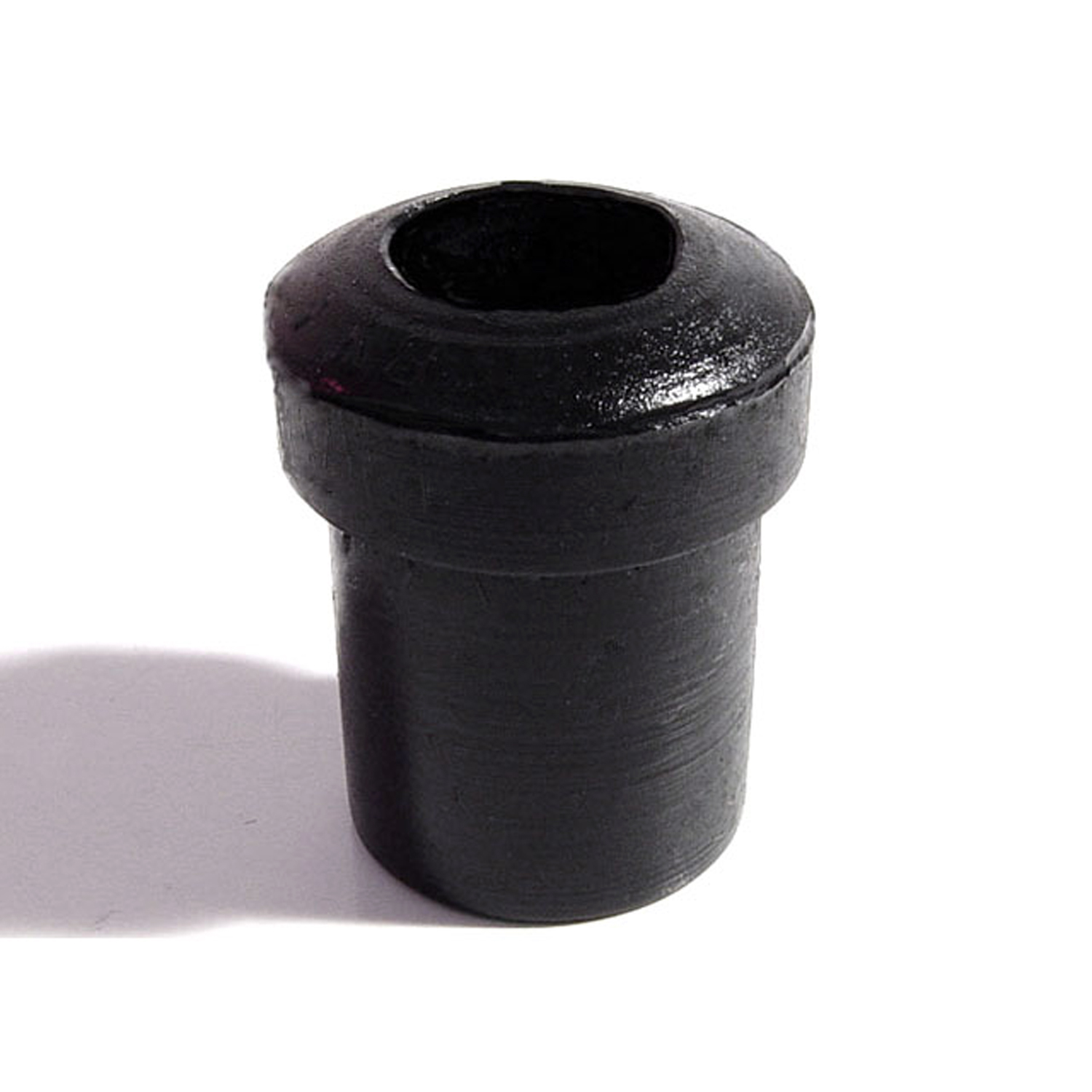 1950 Studebaker 2R17 Spring and Shackle Bushing. 7/8" bottom O.D-BN 16Spring and Shackle Bushing. 7/8" bottom O.D. X 1-1/8" high, with 1/2" I.D. Each
1950 Studebaker 2R17 Spring and Shackle Bushing. 7/8" bottom O.D-BN 16Spring and Shackle Bushing. 7/8" bottom O.D. X 1-1/8" high, with 1/2" I.D. Each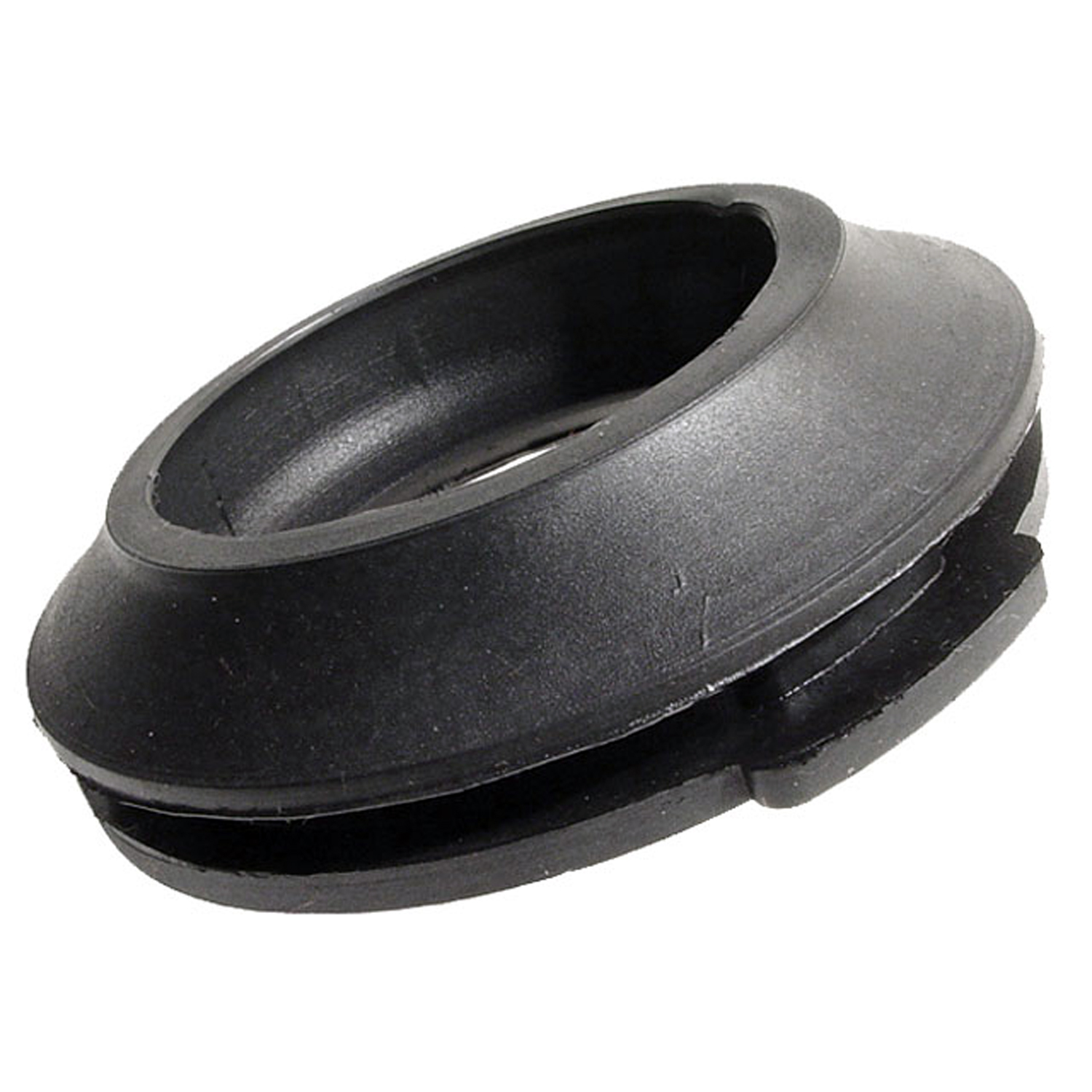 1950 Studebaker 2R17 Gas Filler Grommet. Perfect reproduction. Top 2-1/16" I.D-GF 45Gas Filler Grommet. Perfect reproduction. Top 2-1/16" I.D., 3-7/16" O.D. Each
1950 Studebaker 2R17 Gas Filler Grommet. Perfect reproduction. Top 2-1/16" I.D-GF 45Gas Filler Grommet. Perfect reproduction. Top 2-1/16" I.D., 3-7/16" O.D. Each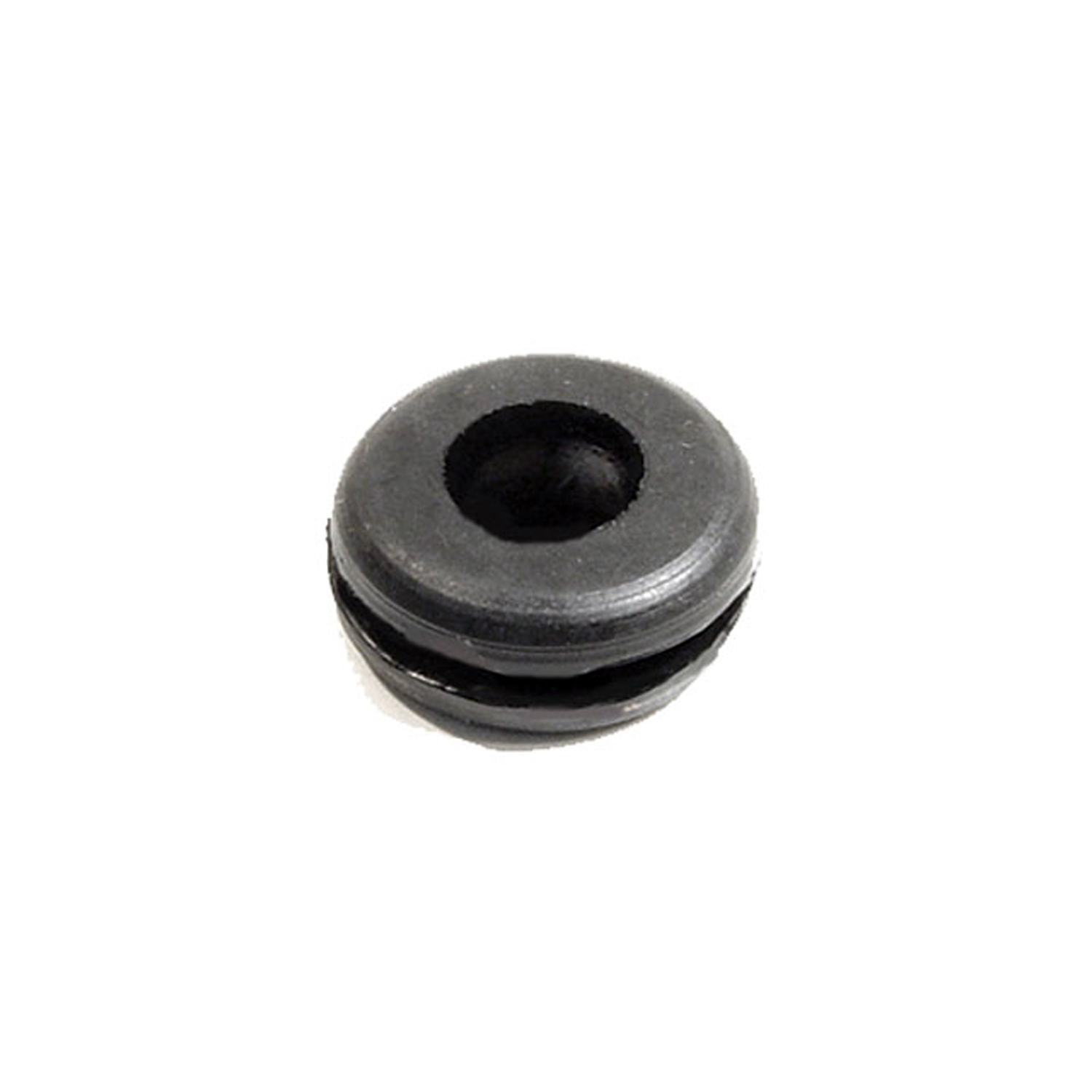 1950 Studebaker 2R17 Headlight & Tail-Light Wire Grommet. 3/8" I.D., 7/8" O.D-SM 13-AHeadlight & Tail-Light Wire Grommet. 3/8" I.D., 7/8" O.D. Each
1950 Studebaker 2R17 Headlight & Tail-Light Wire Grommet. 3/8" I.D., 7/8" O.D-SM 13-AHeadlight & Tail-Light Wire Grommet. 3/8" I.D., 7/8" O.D. EachWhy Choose Metro?
For over 100 years, Metro Moulded Parts has been the pinnacle of quality in classic car restoration parts. Our commitment to precision and authenticity in every component ensures a perfect fit and an OEM-level appearance.
- Expert Craftsmanship & Quality: Each part is a testament to our dedication to reliability and perfection, crafted from original designs and thoroughly tested.
- Advanced Technology: We use cutting-edge techniques to create flawless, long-lasting parts that surpass others in performance.
- SuperSoft Sponge – The Ultimate Door Seal: Not only are our door seals 30% softer than competitors', but they're also guaranteed to never leak. They effectively reduce wind and road noise, enhancing your classic car's comfort and driving experience.
- Proudly American: Our parts are a product of American craftsmanship, made in the USA with a spirit of excellence and heritage.
- Unrivaled Warranty: We back our products with a 30-year industry-leading warranty, a testament to our confidence in their quality.
Join us in preserving the legacy of classic cars with parts that are crafted for perfection, not just made.

